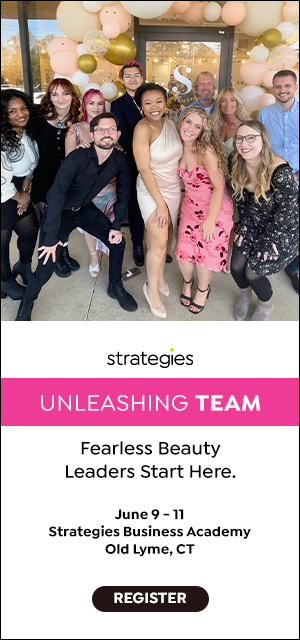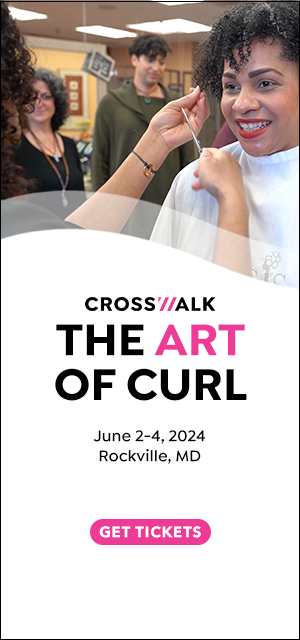Quest for the Best Salon/Spa Daily Huddle

We’ve been coaching and teaching the importance of daily huddles in the for almost 30 years.
While many salons and spas have found their huddle groove, others seem to struggle with consistency and getting the right information to flow naturally.
We often hear owners say, “Our huddles aren’t exciting,” or, “When we go over the numbers, all employees seem to hear is ‘blah, blah, blah.’”
We see huddles crash and burn where no one pays attention.
And we see daily huddles that are best described as “on certain days huddles.”
Daily huddles may not be rocket science, but there are huddle rules and disciplines to make them a key factor to keep information flow flowing.
Why Huddles?
- Everyone needs to be on the same page — in the same playbook. If you’ve ever asked, “How can I get everyone on the same page?”, then daily huddles are a big chunk of the answer.
- Information flow tells the what, why, how and when of what needs to be done today. If information flow at your salon/spa is best described as a trickle, your critical numbers are paying the price and are far from what they can be.
- Teams of employees cannot perform their best if they don’t know the score. Monthly scoreboards are non-negotiable because they communicate daily progress to goal. More importantly, scoreboards must show the service and retail goal of the company. If you’re reluctant to share your company’s total revenue goal with employees, because they’ll know what the “real” sales are, your business thinking is stuck in the dark ages.
- Celebration and appreciation for team achievement and extraordinary individual employee performance. Being recognized for going above and beyond reinforces team and employee fulfillment and accomplishment at work. Even a quick “happy birthday” to recognize a fellow employee’s special day makes a difference.
Here are my ten No-Compromise Leadership rules to make your daily huddles consistent, relative, and results oriented:
- Same start time: Huddles begin 15 minutes before the doors open for customers. Huddles should last five to ten minutes max. If you have multiple shifts, each shift begins with a huddle. If employee start times have morphed into almost everyone starting at a different time, your “sure, no problem,” decision is going to come back to haunt you. If you must have multiple start times to cover business hours and client demand, two or three should accommodate most situations. This allows you to group employees into fewer daily huddles. KEY: “Same time” means no excuses.
- Same location: If it’s time for daily huddle, everyone knows where to be because huddles should be held in the same location every time. First huddle of the day is typically the largest, hold it in a more open area. Secondary huddles should be held in a more private location away from client service areas. KEY: “Same location” means no excuses.
- 100% mandatory attendance: Teamwork means everyone plays. Everyone attends. This means front desk/guest services, service providers, support staff — everyone. Mandatory attendance also means that huddle time is compensated time. KEY: Mandatory means “on time.” Mandatory means no excuses.
- Everyone stands: Huddles require every team member’s full attention, and that means everyone stands. Once people start hunkering down in chairs, their phones will automatically appear. KEY: Standing means everyone is facing the huddle leader. Standing reduces side conversations.
- No phones/food/drink: Huddles aren’t the time to check social media sites or send text messages. Huddles aren’t breakfast time. Huddles aren’t time to sip that Salted Caramel Mocha Crème Frappuccino. KEY: Phones, food and drinks pull attention away from the huddle. Successful huddles are leadership dependent. The more distractions allowed, the less focus on huddle information.
- Numbers shouldn’t dominate and must have meaning: A huddle that’s numbers heavy is, well, boring. Numbers shouldn’t consume more than one to three minutes of huddle. The worst thing any huddle leader can do is start spewing number after number that employees don’t have a clue where they came from or what they mean. Employees must know that the monthly service sale goal was based on hours for sale x target productivity rate x revenue per hour. Prebook rate is the percent/number of clients that booked a future appointment at checkout. KEY: Never pummel your team with numbers at huddle. Percent to goal for service, retail and overall sales is key. Then target prebook and productivity rate. And always give a brief explanation of where the numbers came from. Never assume employees know.
- Scoreboards up to date: At Strategies, the easiest way to check if a coaching client is doing the work is to check the current month’s scoreboard in our Command Center. If their scoreboard is a day or two behind, we find out why. (Command Center is our proprietary coaching portal that contains all client projects, built-in spreadsheets, online learning and resources.) KEY: It doesn’t matter if your scoreboard is a spreadsheet or creative drawing, it must be current. That’s the only way to show where you are and where you need to be.
- What “WE” need to achieve today: The most important part of huddle is presenting what the team needs to achieve today. KEY: This means suggestions on how to fill gaps on the appointment book, up-selling opportunities, and where potential gridlock can occur and how team members can jump in to help. Prebook and retail recommendations can never be emphasized enough.
- Shout-outs and cheers: This piece keeps huddles engaging and fun. Shout-outs are given to individuals or teams for above and beyond performance and contribution to teamwork and goal achievement. It’s also time to celebrate birthdays, anniversaries, and other meaningful work and life events. KEY: Every huddle isn’t going to be a pep rally. But every huddle can include time for touching the heart and spirit of individuals and the team.
- 100% effort achieves 100% of the goal: If your salon/spa keeps coming in 10% or 15% short of what should be an achievable goal, chances are the team is only putting in 85% or 90% of the effort the goal requires. KEY: The primary purpose of huddles is to provide information flow and what needs to be done to ensure 100% team effort. Anything less than 100% effort is a compromise
Here’s my challenge to you: Use these ten strategies to ensure that your huddles are properly structured.
An effective huddle doesn’t have to be all fun and conclude with confetti tossing. In fact, some huddles may need to be serious and brutally honest.
No matter what, consistently executed and effective daily huddles require leadership and team discipline. That’s the key for a team to achieve goal and win.








Comments
No comments found. Start the conversation!
Leave a Comment